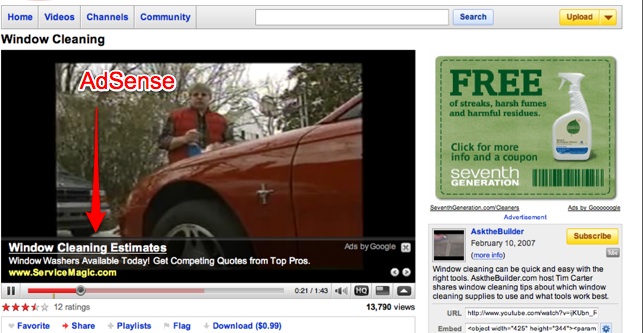1. How will you reach a massive audience?
In real estate the wisdom says “location, location, location.” In
consumer Internet, think “distribution, distribution, distribution.”
Thousands of products launch every month on hundreds of thousands of
new Web pages. How does a company rise above the noise to attract
massive discovery and adoption? YouTube did it through existing
channels like MySpace, which already reached millions. Yelp had strong
SEO, which found them a mass audience searching for restaurants and
nightlife. Facebook’s University-centric approach landed them 80%
adoption across a campus within 60 days of launch. Every Net
entrepreneur should answer these questions: How do we get to one
million users? Then how do we get to 10 million users? Then how will
you get deep engagement by your users.
2. What is your unique value proposition?
The Internet space is crowded. A product needs to be sufficiently
innovative to distinguish itself from the pack, but not so forward
thinking as to alienate the user. Many entrepreneurs create incremental
improvements on existing products. This can be big – Google
revolutionized search when AOL and Yahoo! were presumed to have it
locked up – but more often, the pitch sounds like, “It’s a dating site,
but for senior citizens…” I want to see innovation that is
categorically distinct from existing propositions. Digg lets users
decide which headlines are newsworthy. Last.fm tracks music listening
with an iTunes plugin and buffer great music discovery. Flickr enables
users to share and tag photos in new ways.
3. Will your business be capital efficient?
This may be the most important of the three. Even if you have a mass
audience and unique value prop, a business fails without cash flow. An
initial round of financing is important, but how reliable is later
financing? Will investors see the right elements in the next stage?
Your product must scale intelligently – this is why I like software. A
well-coded site can adapt to mass demand without its capital
expenditures scaling out of control. A product like TypePad can grow to
10 million users without half the growing pains of a service like
WebVan, the Web 1.0 startup that attempted to deliver groceries to
users’ doorsteps. Try reaching Facebook scale with a service like that.
With these three elements in place – mass audience, unique value,
stable funding – a startup has time to discover where it can make
money. Few business plans ever pan out like their owners intend. PayPal
started as a plan to beam payments between Palm Pilots. Google raised
funds with a vision to capitalize on enterprise search and ended up in
advertising. The formula is to build an audience with a great product –
then secure enough funding to figure out how to make it pay.
Since I’m focused on building LinkedIn, I’m not currently investing
in new projects, but I firmly believe now is the time to take smart
risks as entrepreneurs and investors. I hope these criteria help
startups make better pitches as they fundraise, and maybe even
encourage others to take the plunge. Good ideas need good strategy to
realize their potential, and if these criteria help a few more
companies find capital, it’s a win for everyone.

